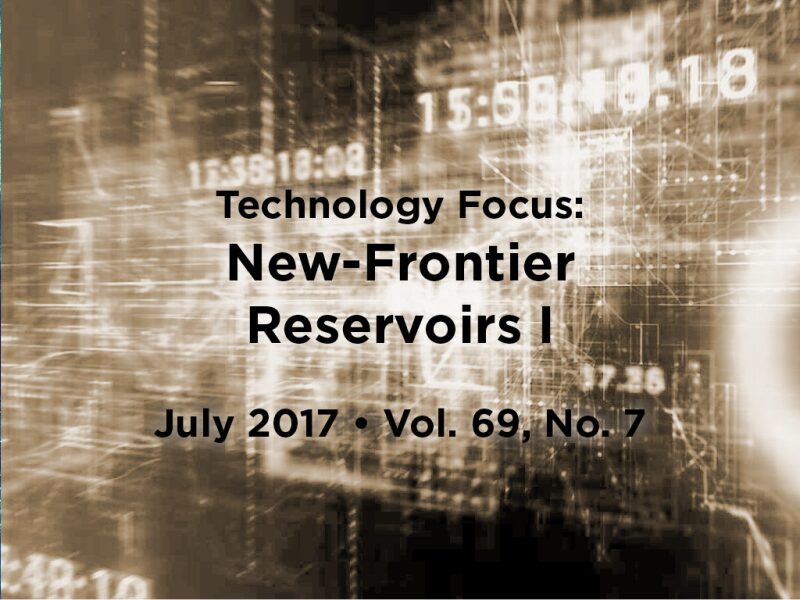Congratulations! You are one of a select group to open your JPT and find this page!
For your effort, you deserve something special, and I know what you want. In 5 minutes or less, you want to know how to immediately make a step change in your business and improve your own promotion prospects in the process. You want to know the key technologies you should be implementing now. To develop your longer-term strategy, you want an awareness of future trends now. You don’t want just anyone to tell you these answers; you want it to come from the very best people in the industry.
Consider your wish granted.
According to a poll of leaders with more than 220 years of collective experience (see JPT online for names), the top theme to have affected our industry in the past 2 years is
- Fracture-Stimulation Optimization—Given the high cost, fracture design has gained its fair share of scrutiny in the downturn. The results of statistical production analysis have varied by play. Fluid types and chemical additives have been removed or modified. Alternative proppants have been evaluated and, in some cases, trialed successfully outside their previously specified safe-performance ranges. Nothing is sacred.
The top theme to affect our industry in the next 2 years is predicted to be
- Intelligent Operations—The industry is moving toward increasing the level of automation in all activities. All areas from exploration to shipping will be touched by these technologies. This includes drones for safer, demanned operations as well as robotics on drilling rigs. The other key area of automation is predictive analytics, which allows us to analyze multivariant problems like never before. Fracture-design optimization, drilling analytics to improve rate of penetration, and optimized operator vehicle routing for field-staff and plant optimization are just a few areas that will be transformed.
Now, wasn’t it worth the effort to read this?
This Month's Technical Papers
Enhancing Well Performance by In-Stage Diversion in Unconventional Wells
Production Metrics To Predict Long-Term Performance of Unconventional Wells
Northern Territory Unconventional Resources: A Regulatory Perspective
Recommended Additional Reading
SPE 182230 Issues and Challenges With Controlling Large Drawdown in the First Offshore Methane-Hydrate Production Test by S. Sakurai, Japan Oil, Gas, and Metals National Corporation, et al.
SPE 180399 Petrophysical Evaluation of Natural-Gas Hydrates—North Slope, Alaska by Douglas Hupp, Schlumberger, et al.
SPE 180818 Proppant Management: A New Challenge To Develop Unconventional Reservoirs in Argentina by J.C. Bonapace, Halliburton
Simon Chipperfield, SPE, is chief production engineer at Santos. During the past 20 years, he has held positions in petroleum engineering (drilling, completions, and stimulation), production engineering, and reservoir engineering. Chipperfield previously worked for Shell International Exploration and Production. He was awarded the 2007 SPE Cedric K. Ferguson Medal. Chipperfield has held a number of leadership positions and has authored or coauthored more than 20 technical publications in the areas of hydraulic fracturing, reservoir engineering, completion technology, and sand control. He holds a petroleum engineering degree with honors from the University of New South Wales. Chipperfield serves on the JPT Editorial Committee, having served as the Hydraulic Fracturing feature editor from 2006 to 2011, and on the SPE International Awards Committee, and he has served as a reviewer for SPE Production & Operations. He can be reached at simon.chipperfield@santos.com.


